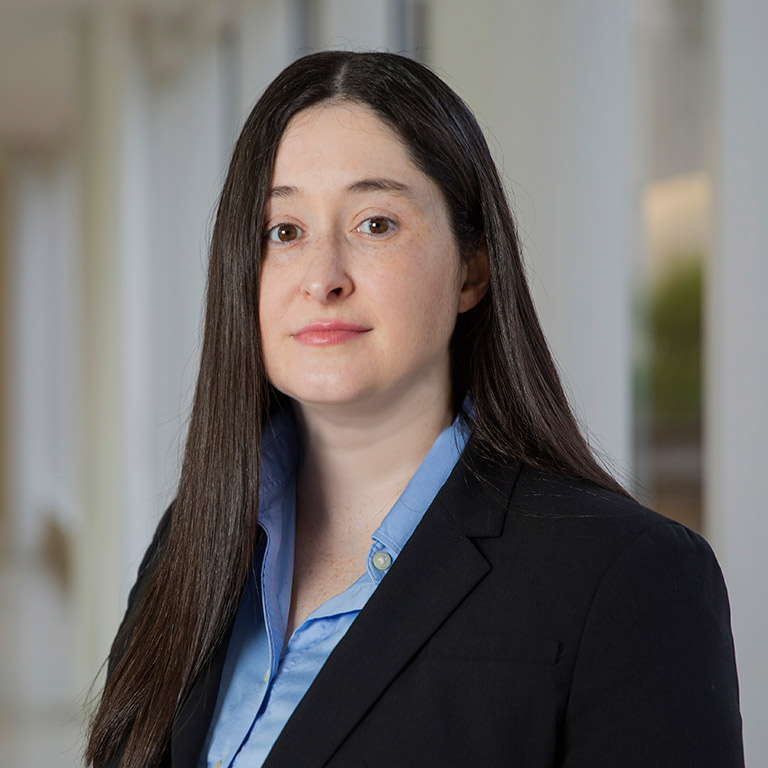If you see a sign advertising a $10 flu shot, would you walk into the store? What if that sign said the shot is worth $50 but you’ll pay only $10, which is an 80 percent discount?
Helen Colby, assistant professor of marketing at the Kelley School of Business on the IUPUI campus, and Meng Li, an assistant professor at the University of Colorado Denver, recently received a grant from the Robert Wood Johnson Foundation. They’ll study what motivates people to sign up for preventive healthcare services: Are people more likely to sign up when services are advertised more like consumer goods rather than typical healthcare visits or treatments?



